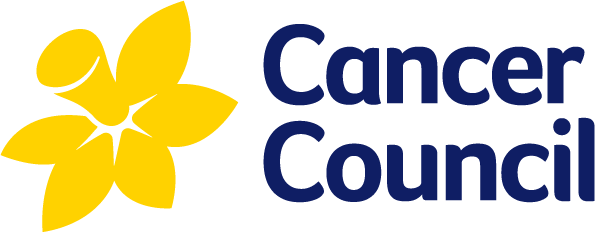Introduction
Disability and Cancer Care
In Australia, 4.4 million Australians (18%) live with disability.1 With almost one in two Australians affected by cancer in their lifetime, many people with disability will need to access cancer services.2 However, people with disability often experience delays or inequities in cancer screening, diagnostic tests, treatment, and survivorship care resulting in poor health outcomes.3,4 These delays and inequities can be caused by physical, communication and attitudinal barriers.5 Physical barriers include healthcare services being unable or not accommodating disability.5 Communication is a commonly reported barrier from both the perspective of people living with disability and healthcare professionals. From the perspective of the individual living with disability barriers can include difficulty in perceiving their symptoms and reporting unusual symptoms, they can also experience issues caused by a lack of communication with healthcare professionals.1, 5 From the perspective of healthcare professionals barriers can include low levels of confidence in interacting and communicating with people living with disability, which can lead to delays and/or inequities in care. Issues can also stem from a lack of knowledge of the need for reasonable adjustments which impacts their ability to acknowledge and consider disability when making treatment recommendations or decisions for their patients.5
The United Nations (UN) defines disability as long-term physical, mental, intellectual, or sensory impairments, which, in interaction with various barriers, may hinder the full and effective participation in society on an equal basis with others.6 The UN Convention on the Rights of Persons with Disabilities recognises that disability is an evolving concept and results from the interaction between persons with impairments and attitudinal and environmental barriers that hinder their full and effective participation in society on an equal basis with others.6 This social model of disability (Figure 1) describes disability as a social construct that results from the interaction between a person, and environmental, attitudinal and social barriers, which can be obstacles to a person’s equal participation, including decisions about their healthcare.7 It is in this context that Cancer Council’s disability and cancer policy is positioned.
Figure 1. A conceptualisation of the social model of disability, highlighting the attitudinal, environmental and institutional action required to promote equitable cancer care.
Support for people with disability to participate in everyday activities in society is provided by multiple government and non-government organisations across Australia, along with family, friends or carers who offer informal support. To access government funding and subsidies, individuals must meet various eligibility and needs assessments. Whether a person qualifies for funding to support their ability to participate in everyday living activities and decisions can impact their access to health services, although funding support is often not extended to disability caused by cancer or its treatment. However, cancer or its treatment may worsen the person’s impairment or necessitate additional support as a result. People with disability therefore often rely more heavily on their informal supports, are left financially out-of-pocket, and/or are not provided with the same opportunities to access optimal cancer care as other Australians.1 There are many different factors that must be addressed to support people with disability in accessing optimal cancer care (Figure 2).
Figure 2. Elements of optimal cancer care for a person with disability. When all the elements of optimal cancer care are connected, cancer care and support are seamless, improving cancer outcomes
References
- Australian Institute of Health & Welfare. People with disability in Australia. Canberra: AIHW; 2024.
- Australian Institute of Health & Welfare. Cancer in Australia 2021. Canberra: AIHW; 2021.
- Lezzoni LI. Cancer detection, diagnosis, and treatment for adults with disabilities. The Lancet Oncology. 2022;23(4):e164-e73.
- Reeves C, Collingridge D. Improving cancer care for people with disabilities. Lancet Oncology. 2022;23(4):446-7.
- Merten JW, Pomeranz JL, King JL, Moorhouse M, Wynn RD. Barriers to cancer screening for people with disabilities: a literature review. Disabil Health J. 2015;8(1):9-16.
- United Nations. Convention on the Rights of Persons with Disabilities. New York (USA); 2008.
- People With Disability Australia. PWDA Language Guide: A guide to language about disability. Sydney (AU); 2021.
